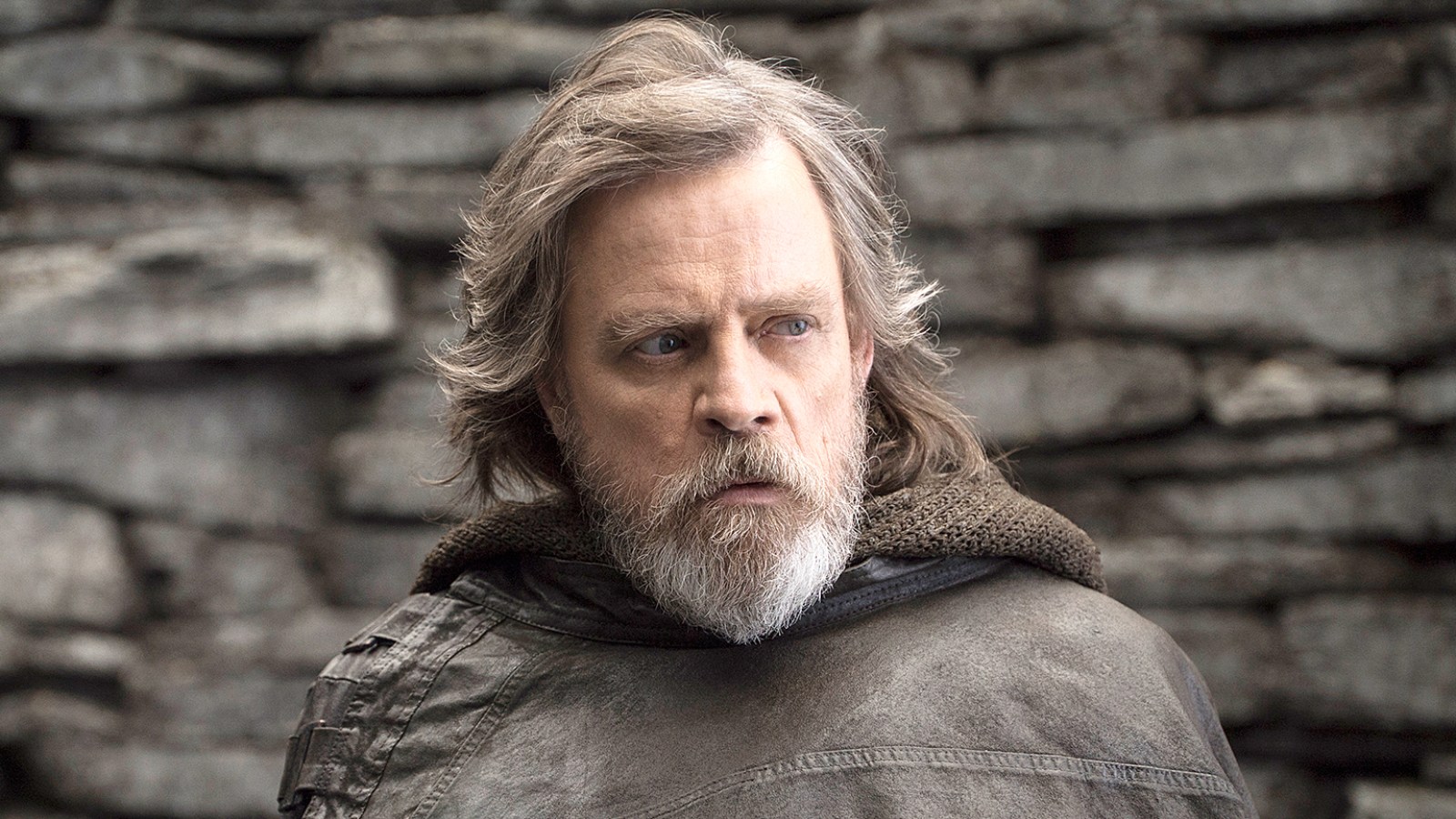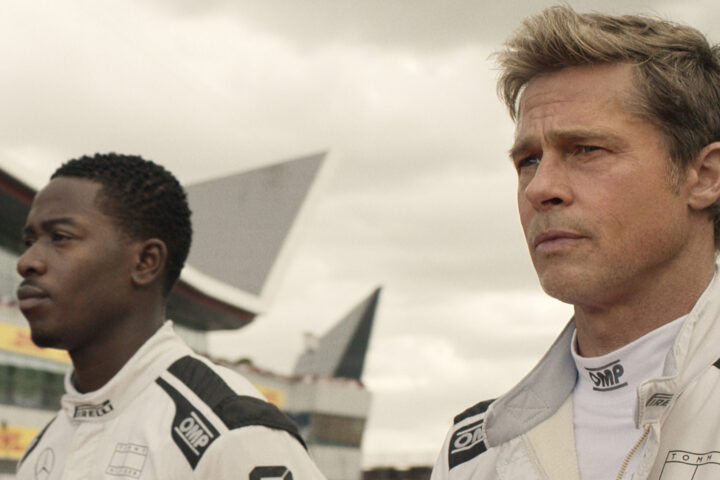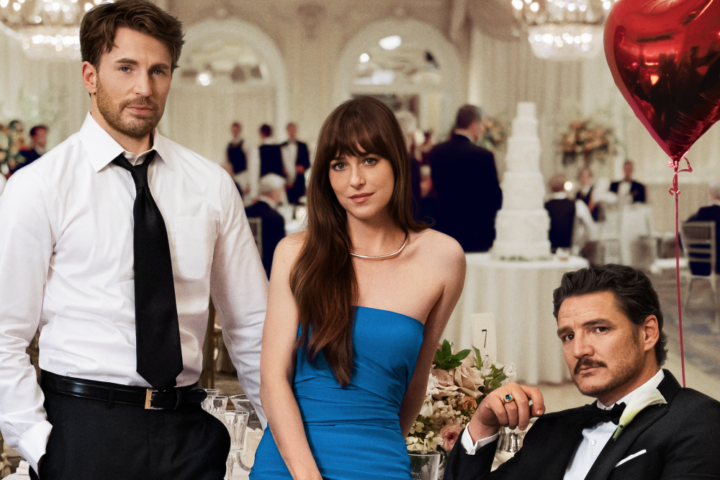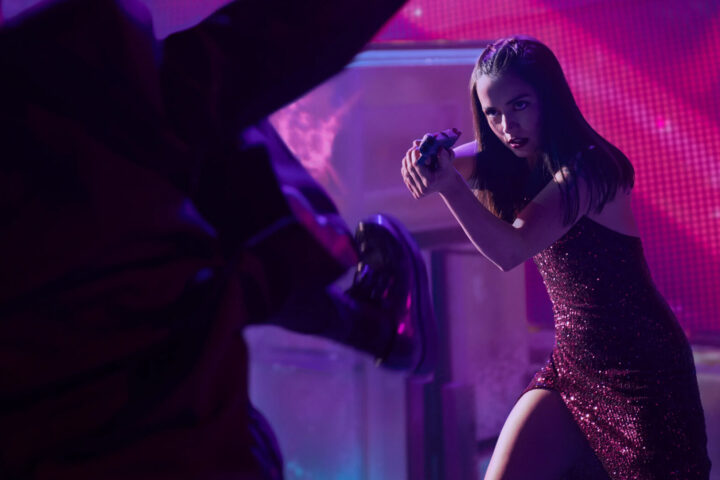A rousing entry in the Star Wars saga, Rian Johnson’s Star Wars: The Last Jedi, is a solid series installment and a tad better follow-up to 2015’s modestly fun J.J. Abrams helmed Star Wars: The Force Awakens. That picture, with its feminist, Luke Skywalker stand-in, played by a scrappy Daisy Ridley, and the return of series icons Harrison Ford and the late Carrie Fisher, wasn’t original, but it returned the spirit of fun to the struggling franchise.
Star Wars: The Last Jedi, the middle film in the new trilogy, aims for the dark grandeur of series best The Empire Strikes Back, and like that picture features a number of familiar elements like the training of a Jedi warrior and replicas of the famed AT Walkers—this time on a gorgeously photographed topography of salt (read: snow) piqued with red dust, another cantina set and several showdowns between good and evil, complete with dueling light sabers.
In other words, if it ain’t broke, don’t fix it. Written and directed by Johnson, Star Wars: The Last Jedi begins where Star Wars: The Force Awakens concluded, and at 152-minute marathon offers few surprises but moves with propulsion and is performed with panache but its extended cast. It’s too long, brimming with extended action climaxes, but somehow manages to be compelling and, at times, stirring.
Picture opens with former trash collector turned potential Jedi-in-training Rey (Ridley) having tracked down reclusive Luke Skywalker on a remote island planet. Surly Skywalker promptly tosses his vintage light saber into the sea; he’d rather be left alone. But Rey won’t be denied, and it isn’t long before Skywalker has morphed into a reluctant, Ben Kenobi-like tutor.
Meanwhile, the Resistance, led by General Leia Organa (Fisher), has been severely attacked by the First Order, and after the film’s opening battle is left decimated. Star fighter pilot Poe Dameron (Oscar Isaac) disagrees with Lei’s orders about the faction’s warcraft, and when another attack leads to Leia being wounded, he promptly butts heads with her replacement, Vice Admiral Amilyn Holdo (Laura Dern). Soon he’s conspiring with best buddy and reformed Stormtrooper Finn (John Boyega), who teams up with feisty mechanic Rose Tico (Kelly Marie Tran) to find another solution.
Then there’s the darkness rising in Kylo Ren, the great hope of evil Supreme Leader Snoke (Andy Serkis) to wipe out the rebellion. But Ren is vacillating, trying to find his place and struggling with the dark side—who doesn’t?—and once Rey has been trained and the pair meets for an epic showdown before Snoke himself, Johnson kicks the film into high gear with perhaps the best light saber duel since 1980.
The movie depends heavily on nostalgia and never veers from standard formula—a Jedi will rise, flirtations with the dark side will emerge, the rebel alliance will do battle with the evil Empire—making the picture a safe, polished entertainment that gives audiences exactly what they want, including the surprise return of Yoda.
How well you like Star Wars: The Last Jedi, will depend on how much you enjoy hanging with this new group of characters. To be honest, they are starting to grow on me, particularly John Boyega’s winning nice-guy routine and Driver, the most offbeat of actors, who brings real gravitas to his very dark knight.
But it’s Mark Hamill, an actor who in younger years was never convincing or authoritative, here bringing class and substance to this movie, suggesting an arc of life and weariness—as well as an assured, accomplished embrace of the Force—brought to bear in a climactic mano-a-mano with Driver. In moments like these, Johnson’s expert orchestration of narrative, technique and theme find full flower.
Hamill is a streak of self-effacing humor in full knowledge that he’s being used as a relic in a movie universe he helped deliver, but Fisher, as in the last installment, seems curiously lethargic and unable to articulate her dialogue with much of Princess Leia’s former spunk; it’s hard to see the correlation.
Special mention should be made of Dern, who brings the usual class and intelligence to her role, getting one of the series’ best final moments if not much dialogue; Star Wars pictures typically diminish great actors and put novices front and center. The other actor who breaks through is Tran, who wins us over with humor and then makes for a real partner with Boyega right to an unexpected late moment. Less interesting is Benicio del Toro as a slurring, cynical huckster this side of Han Solo. Del Toro, who never met a bizarre mannerism he couldn’t embrace, overplays his vocal affectations.
Despite a few missteps include some mugging, furry creatures threatening to tip the movie into stuffed animal Ewok cuddliness, the movie is, at times, undeniably exciting and Johnson’s skillful blend of extravagant battles and deep-think mysticism is, it should be noted, well calibrated. But the real stars of this show are the production design and cinematography, which incorporate deep darks and crimson reds, gleaming steel and a spectacular, climactic explosion of white and red clouding the battle-strewn sky.
At this point, the cultural impact of the series and its significance to beloved fan boys (and girls) is a bit beyond critical evaluation and any assessment is forced into an echo chamber of how well the new entry stacks up to the others; one must not review a picture like this against other commercial movies because it simply would not hold up.
But as an installment in a middling series, it does the trick.
2 1/2 stars.



